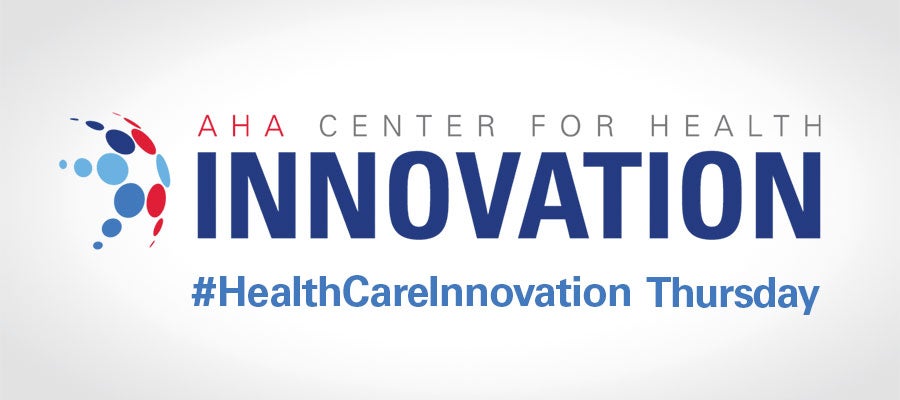Using Lessons from the Pandemic to Reimagine Health Care


Though we’re all keen to say goodbye to 2020 and get the pandemic behind us, hospitals and health systems continue to be stretched in response to an increasing number of COVID-19 cases and hospitalizations. The New Year does offer hope for our communities, as vaccination efforts begin to ramp up.
Even as we continue to address COVD-19 challenges, let’s consider the experiences of the past year, looking for lessons learned and opportunities for the future. Here are four major areas that changed during the pandemic and are likely to keep transforming health care in the year ahead.
Building and Sustaining Public-Private Partnerships
Throughout the pandemic, we have experienced new and different working relationships within our organizations and across other sectors. These collaborations and partnerships have helped bridge connections — in the workforce, with data and between organizations in what is largely a private health care delivery system. Collaboration is hard, and it takes considerable energy and commitment. But going at it alone doesn’t get a better end product. We create better and more effective products and services if we collaborate.
In some ways, the pandemic will accelerate the willingness, capability and capacity of providers and communities to change.
Rural providers know this better than anyone. Rural hospitals and health systems have already formed relationships with other systems and organizations or are collaborating in creative ways. These small, rural hospitals don’t always have resources such as sophisticated analytic capabilities. New approaches to bring needed resources to all providers will accelerate our transformation journey. In addition, this is an opportunity for new investors in health care, creating an environment where more private-public partnerships can flourish. We need to be ready to develop and sustain such partnerships.
Improving Data Analytics and Using New Technology
During the pandemic, we’ve learned that the ability to capture real-time data and analyze it to make decisions can be challenging. For example, despite investment in electronic health records, those systems have not necessarily met the complex data needs of hospitals in this particular crisis. We need something more — something that layers on top of EHRs for collecting, aggregating and sharing data. There are many opportunities for health care organizations and new business startups in this area.
Collecting data and having the power to release that data into meaningful information is likely to be one of the next “big things.” In addition, artificial intelligence has tremendous promise for transactional work in health care delivery. The promise of improving data analytics and using new technology is on the health care horizon in 2021.
Better Connecting the Public Health System and Acute Delivery System
Connection and collaboration between the public health system and acute delivery system have been inconsistent, varying from county to county, and state to state. Some states have invested significantly in their public health systems, but others have not.
The lack of intersection between the two systems has caused many problems during the pandemic — for example, with testing, contact tracing and vaccine distribution. County and state health departments have their own rules and guidelines, separate from the care delivery system, and struggling to create a singular, data-driven decision process proved to be challenging, if not impossible. We must find ways to better connect the public health system and acute delivery system.
Ensuring Virtual Care Is Effective, Because It’s Here to Stay
During the early months of the pandemic when stay-at-home orders spread across the country, hospitals and health systems pivoted to virtual care, learning a lot very quickly. We know that providers can deliver high-quality health care, even when they don’t see patients in person. And patients and families like virtual care because they can see a clinician more quickly, and it’s more convenient.
This type of care delivery will certainly continue. And we want to hold on to that, though it depends on regulatory relief granted by government for reimbursement. It’s important to continue to develop hybrid models of care, and with that, we should expect additional disruptors to the marketplace. More and more, patients will not be dependent on physical space for receiving care. This opens the door to providing health care through many new models.
Rebuilding and Reimagining Health Care
Hospitals and health systems have learned to coexist with the coronavirus and provide COVID care along with non-COVID care. Reimagining and rebuilding our health system will be a priority in the months ahead.
In some ways, the pandemic will accelerate the willingness, capability and capacity of providers and communities to change. It also will spur investment in health care delivery systems, including by more nontraditional players. We welcome the opportunities that come with transformation.
The AHA will continue to work to support hospitals and systems and our health care workforce, strengthening our health care delivery system and ensuring all Americans receive the quality care needed to be and stay healthy.
Michelle Hood is AHA executive vice president and chief operating officer.

